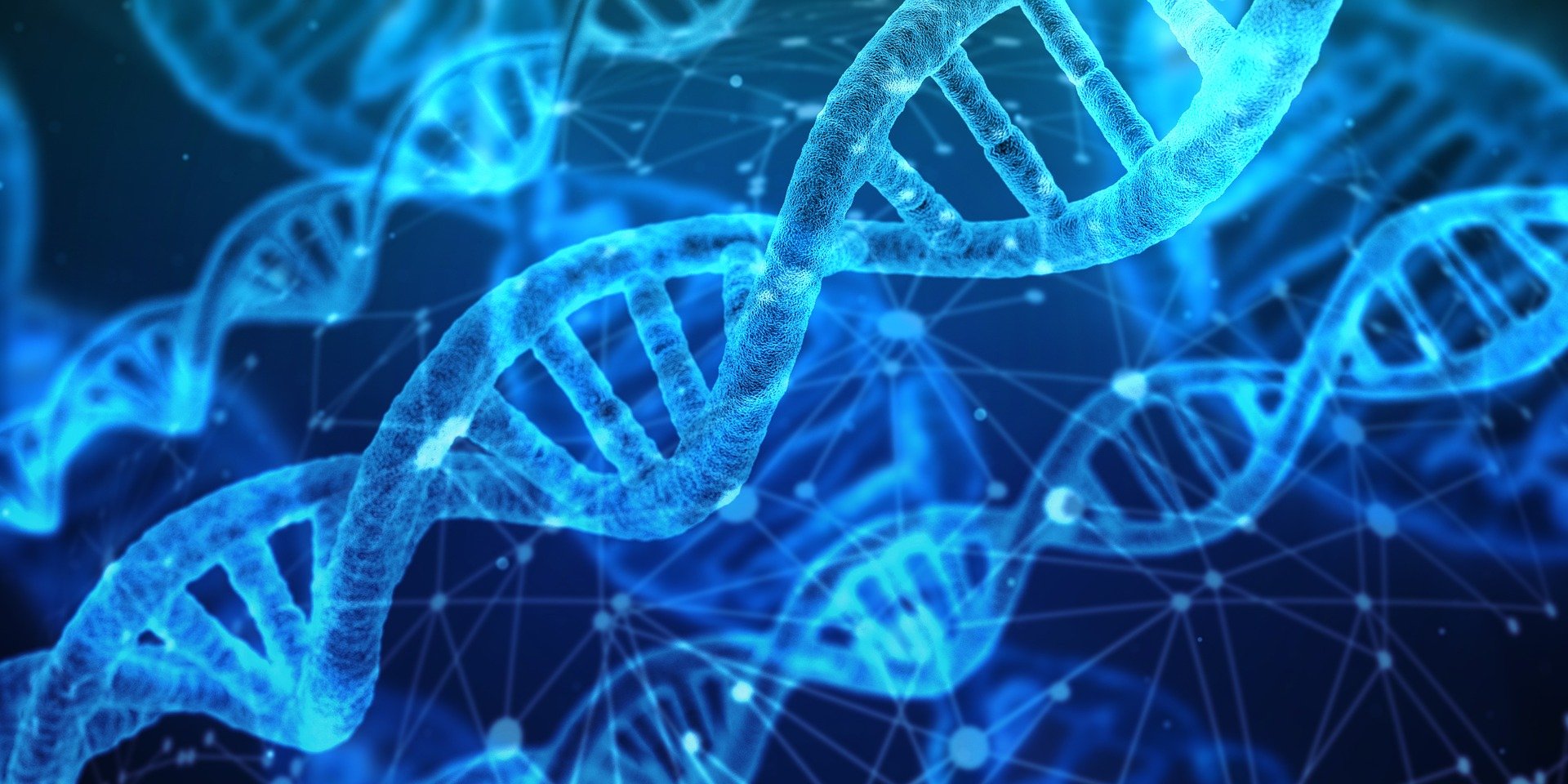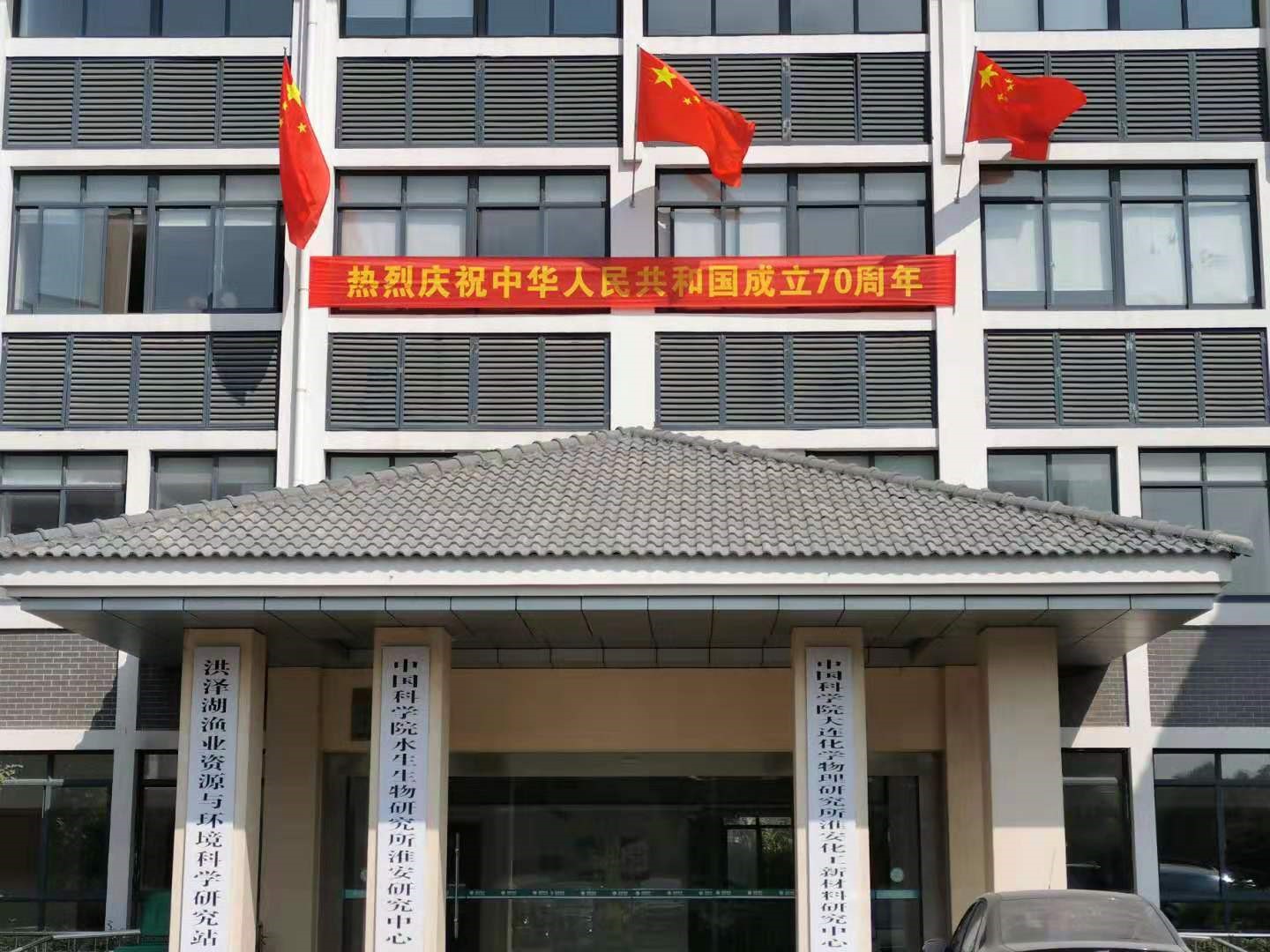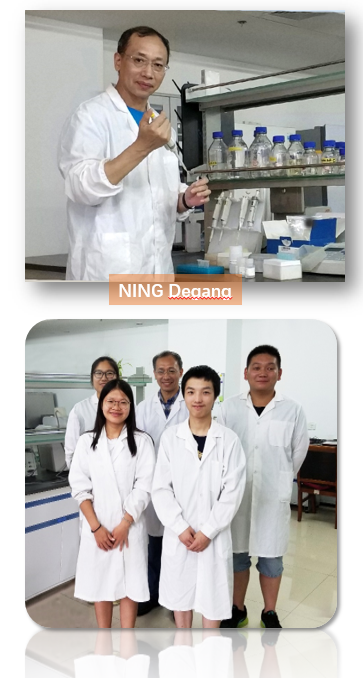
Research
Huai’an Research Center

The center serves for the regions around the Hongze Lake through technological development and application in fishery resource and environment protection, water pollution control and ecological aquaculture. It has established field research stations in the major lakes along the east route of the South-to-North Water Transfer Project where long-term ecological monitoring has been conducted.
Director: CHEN Yushun
Research Group of Applied Microbiology of Water Environment
 |
PI: NING Degang, PhD
The Research Group of Applied Microbiology of Water Environment is mainly engaged in the research of cyanobacteria genetics and the development of spore application technology. The research fields include the molecular mechanism of cyanobacteria adaptation to environmental stress, and Bacillus subtilis spore surface display technology as well as its application.
By studying the physiological funciton of chromosomally-encoded type II toxin-antitoxin (TA) systems, the biochemical activity of TA toxins and the regulatory mode of TA toxin activity in the model cyanobacterium Synechocystis sp. PCC6803 or the bloom-producing caynobacterium Microcystis aeruginosa PCC7806, this group has made attempts to reveal the roles of TA systems in cyanobacteria adaptation to various specific stresses, clarify the molecular mechanism involved in the unique environment adaptability of cyanobacteria and the obtaining of ecological competitive advantage in nature.
Based on the unique resistance properties and structural features of Bacillus subtilis spore, this group has focused on the development of novel surface display systems to construct recombinant spore immobilizing an enzyme of biotechnogical interest or displaying a protective antigen of pathogens with a high abundance, and prepare immobilized enzymes with strong catalytic activity or oral vaccines with good protective efficiency using Bacillus subtilis spore as a vehicle. The developed spore display systems can be extensively applied in green biomanufacturing, bioremediation of polluted environment, or prevention and control of aquatic animal diseases.